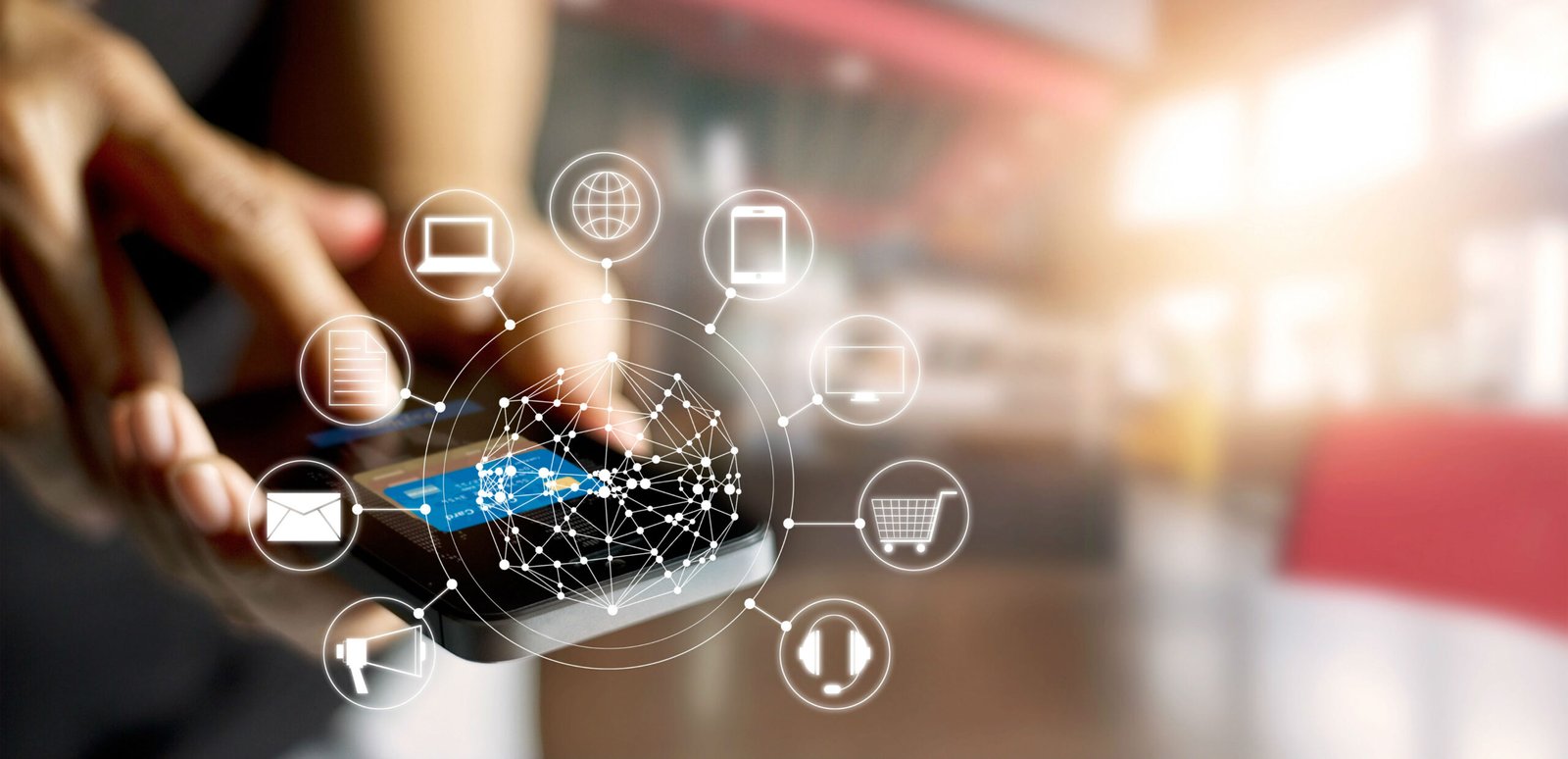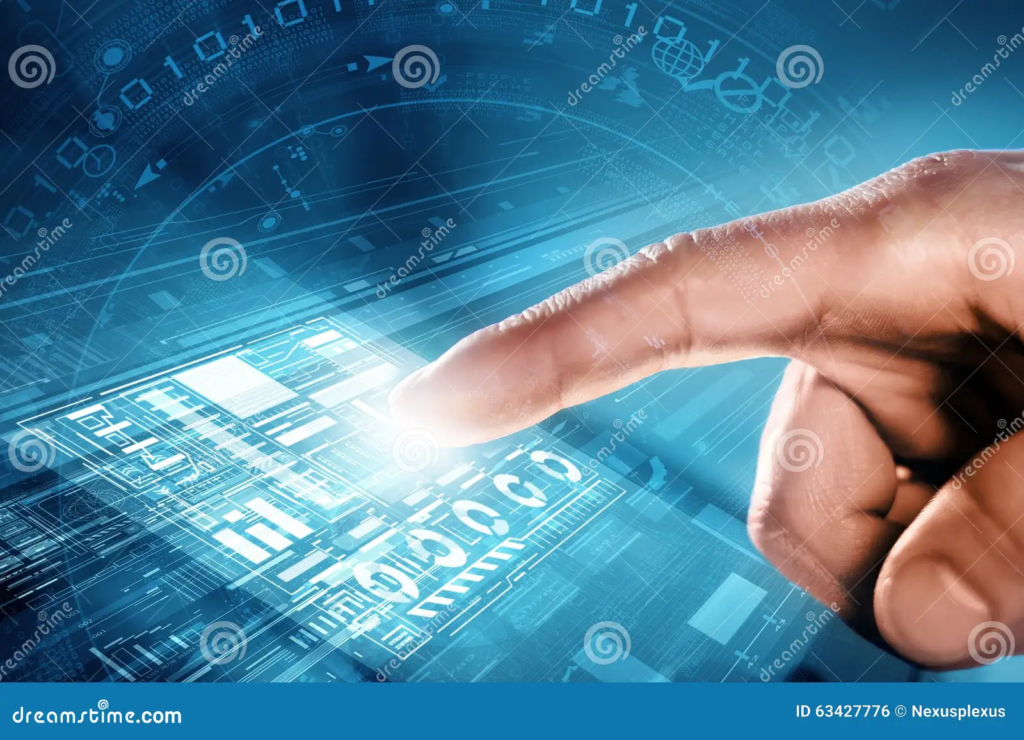The Magic of Wireless Smartphone Communication: How Your Devices Connect Instantly
Photographs and video files or contact information transfer between smartphones becomes simple through a touch command or quick scanner operation without requiring internet or cables for seamless connection. The ability to share between phones has always sparked curiosity in users. Mobile technology has experienced a radical development path for smartphone wireless connection to deliver faster processing and more secure data transfer and higher operational efficiency. We will examine modern wireless communication methods used for smartphone proximity sharing to understand their role in creating the future of mobile technology.
Understanding Short-Range Wireless Communication Technologies

1. Near Field Communication (NFC)
Photographs and video files or contact information transfer between smartphones becomes simple through a touch command or quick scanner operation without requiring internet or cables for seamless connection. The ability to share between phones has always sparked curiosity in users. Mobile technology has experienced a radical development path for smartphone wireless connection to deliver faster processing and more secure data transfer and higher operational efficiency. We will examine modern wireless communication methods used for smartphone proximity sharing to understand their role in creating the future of mobile technology.
2. Bluetooth & Bluetooth Low Energy (BLE)
The Bluetooth technology enables smartphones to establish wireless data sharing connections through pairing procedures that function within a 100-meter distance range. CLE operates as an energy-saving version that maintains persistent low-power data exchanges which benefits wearable devices and IoT equipment and smart home devices.
3. Wi-Fi Direct: High-Speed File Sharing Without an Internet Connection
Two smartphones can establish a direct connection through Wi-Fi Direct without depending on standard Wi-Fi infrastructure. Through this technology mobile phones achieve fast transfers of files and display screens while providing an optimal gaming experience. Wi-Fi Direct technology supports file sharing through Google Nearby Share and Apple AirDrop.
4. Ultra-Wideband (UWB): The Future of Precision Communication
Two smartphones can establish a direct connection through Wi-Fi Direct without depending on standard Wi-Fi infrastructure. Through this technology mobile phones achieve fast transfers of files and display screens while providing an optimal gaming experience. Wi-Fi Direct technology supports file sharing through Google Nearby Share and Apple AirDrop.
5. Infrared (IR) Blaster: An Older but Still Useful Technology
Modern smartphones do not usually come equipped with IR blasters but certain devices in the market still contain this technology to control TV and AC units and other house appliances. Remote control operations represent the main use of IR blasters despite their lack of ability to transfer data between phones..
Latest Trends in Short-Range Wireless Communication
- Enhanced NFC Security: Advancements in encryption make NFC payments more secure than ever.
- Faster Bluetooth 5.3 Technology: The latest version improves energy efficiency, speed, and range.
- Integration of UWB in Smart Devices: Tech giants like Apple and Samsung are pushing UWB for precise location tracking and smart key functionality.
- AI-Powered File Transfers: AI is being integrated into Wi-Fi Direct and Bluetooth sharing to optimize file transfer speeds and security.
Which Wireless Technology Should You Use?
- For fast file sharing: Use Wi-Fi Direct or Bluetooth 5.3.
- For secure transactions: NFC is your go-to option.
- For precise device tracking: Opt for UWB-enabled devices.
- For connecting accessories: Bluetooth and BLE work best for headphones, wearables, and IoT devices.
Conclusion: The Future of Smartphone Connectivity
The method by which smartphones exchange information shows rapid transformation. The convergence of UWB technology with AI-enhanced file sharing through fast Bluetooth specifications enables devices to become more user-friendly and faster. Knowledge about wireless technologies makes your smartphone interaction more effortless when you send files or conduct secure payments. Advanced innovations will lead to more advanced device-to-device communication systems which will begin dominating the market within the next few years..







